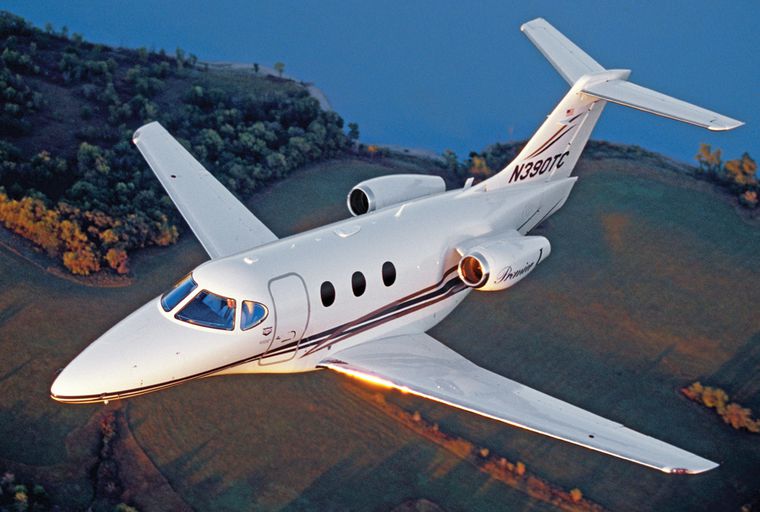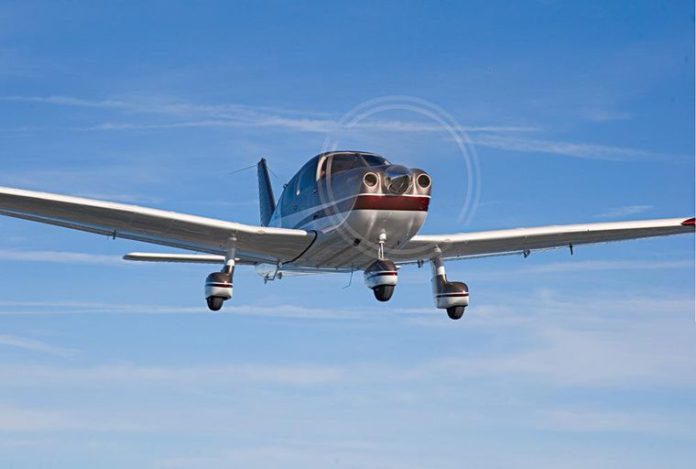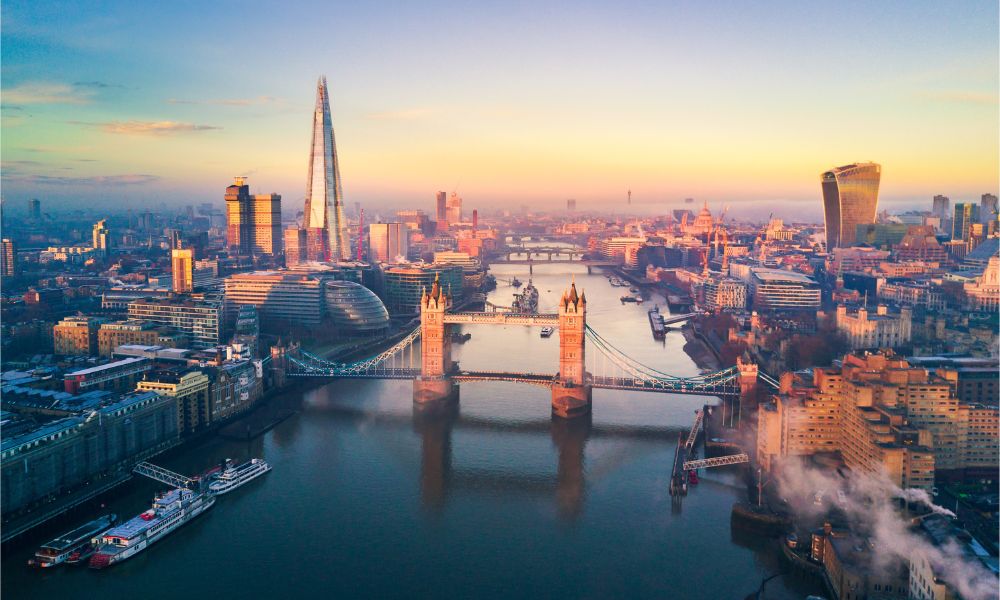People who have a private pilot certificate, and fulfil the FAA’s currency requirement, can ethically fly any type of aircraft that belongs to the same class and category for which they hold the rating.
They are permitted to fly airplanes that have a gross weight of up to 12,500 pounds without any additional flight instruction. However, to make a smooth and safe transition, it is important to learn some important transition tips.
Flight Literacy is a leading website that provides comprehensive free of cost resources on aviation education. You will find numerous publicly available manuals and documents to ensure an easy and safe transition to a different aircraft.
Why do you need transition training?
Pilots who want to fly a new and unfamiliar aircraft are advised to get formal training to fly that aircraft. As per the FAA, the initial 50 to 100 hours in an unfamiliar aircraft are highly critical. There is a greater possibility of accidents due to loss of control at that time. The absence of adequate transition training is the sole reason behind such accidents.

Important things to learn about flying a complex airplane
A pilot should get a proper understanding of the various components that makes it. These include:
- retractable landing gear,
- flaps,
- Power instrumentation
- Manifold absolute pressure gauge
- a controllable pitch propeller, and
- an engine control system
He should find an authorized and proficient flight instructor to receive the flight training. It could be provided in a full flight simulator, complex airplane, or flight training device.
Tips for Smooth and Easy Transition to A New Aircraft
Study
A pilot should study the operating handbook before making a transition to a new aircraft. Get it from your aircraft owner or buy it, but it is wise to study it.
It will help you understand the internal system of an aircraft, performance features, and emergency control procedures, limitations such as weight, speeds, and balance. All of this could differ from the aircraft that you have flown earlier.
Familiarize with the new cockpit
Another important thing that a pilot needs to do is to get comfortable with the new cockpit and instrument panel of the new aircraft. It will help you establish cockpit flow and prevent any unforeseen situations. Simulator training is an effective and easy method to learn the layout of the new cockpit.
Seek Professional Assistance
Getting formal transition training by a knowledgeable flight instructor will help in a successful transition to a new aircraft. He will give a valuable insight into the characteristics of aircraft that is beneficial than reading a book.
Regular practice will make you comfortable and safe with the instructor. Continued learning provides you more experience that will make it easier to transit to a new and complex aircraft.
Conclusion
To fly a range of different kinds of airplanes is allowed for pilots who hold a valid pilot license. Switching between aircraft is not always easy. It is beneficial to undergo adequate transition training and follow the above tips to fly a different and unfamiliar aircraft successfully.










